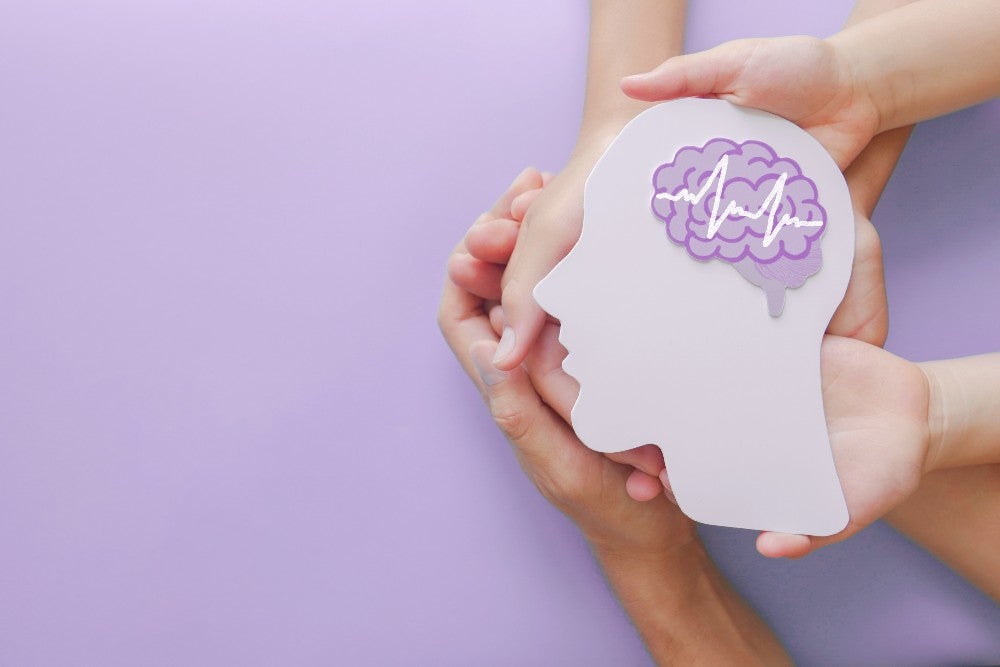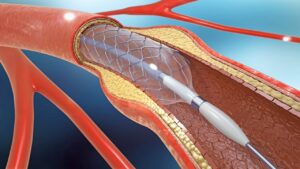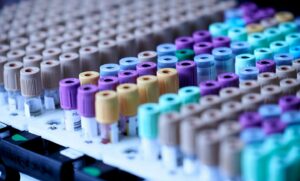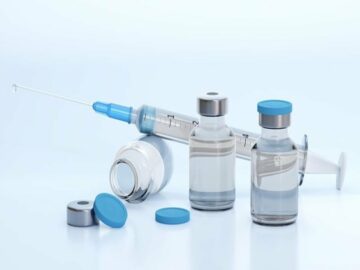
Brain Awareness Week is a global campaign to bring awareness and support to brain science and issues within the brain and nervous system. This year, Brain Awareness Week is happening from March 13–19, and an important condition that Brain Awareness Week seeks to bring awareness to is stroke. Strokes are defined as a disruption in circulation that kills brain tissue and can lead to neurological impairments, including paralysis, partial or complete loss of language, and other severe cognitive deficits. Strokes can be fatal, and they are the fifth leading cause of death in the US.
There are two kinds of strokes people can have, ischemic and haemorrhagic strokes. Ischemic strokes are far more common, accounting for roughly 80% of stroke cases, but hemorrhagic strokes are usually more damaging. Ischemic strokes occur when blood flow to part of the brain is blocked due to a clot. The clot can originate in the heart (cardioembolic stroke), or it could be from atherosclerosis, a clot from the arterial plaques of fatty material in or outside the brain. The effects of an ischemic stroke depend on where the blockage is and the size of the blocked artery.
On the other hand, hemorrhagic strokes are less common but usually more severe. A ruptured blood vessel bleeds directly into the brain (intracerebral haemorrhage) or into the space between the brain and the skull (subarachnoid haemorrhage). Hemorrhagic strokes usually affect large brain areas, so their consequences are more widespread and often worsen faster.
Time is a really important factor when discussing stroke treatment. It is crucial to seek medical attention when stroke symptoms occur to treat it as quickly as possible. Some common symptoms are sudden dizziness, confusion, severe headache, difficulty speaking, double vision, weakness, and numbness in the arm, leg, or face, especially on one side.
According to GlobalData forecasts, the incidence of ischemic stroke in the US is 0.2% as of 2022, and that number is expected to increase slowly to 0.3% by 2030. As for haemorrhagic stroke, GlobalData forecasts suggest that the incidence rates in the US were 0.02% in 2022 and are predicted to rise to 0.03% by 2030. Protecting your brain is important for stroke prevention. Some preventative measures to take include: stopping smoking, exercising regularly, eating healthily, and avoiding alcohol intake in excess.
<!-- GPT AdSlot 3 for Ad unit 'Verdict/Verdict_In_Article' ### Size: [[670,220]] -- !-- End AdSlot 3 -->- SEO Powered Content & PR Distribution. Get Amplified Today.
- Platoblockchain. Web3 Metaverse Intelligence. Knowledge Amplified. Access Here.
- Source: https://www.medicaldevice-network.com/comment/brain-awareness-week-strokes/
- :is
- 2%
- 2022
- a
- Accounting
- Ad
- affect
- Alcohol
- and
- ARE
- areas
- ARM
- AS
- attention
- avoiding
- awareness
- BE
- between
- blocked
- blood
- Brain
- bring
- by
- Campaign
- CAN
- cases
- Cause
- Circulation
- cognitive
- Common
- complete
- condition
- confusion
- Consequences
- could
- credit
- crucial
- damaging
- Death
- defined
- Difficulty
- directly
- discussing
- Disruption
- double
- effects
- especially
- expected
- Face
- faster
- flow
- For
- from
- Global
- GlobalData
- hand
- Happening
- Have
- Heart
- help
- How
- HTTPS
- important
- in
- include
- Including
- Increase
- issues
- IT
- jpg
- Kills
- language
- large
- lead
- leading
- loss
- March
- material
- measures
- medical
- more
- number
- of
- on
- ONE
- Other
- outside
- part
- People
- plato
- Plato Data Intelligence
- PlatoData
- possible
- predicted
- prevent
- Prevention
- protecting
- quickly
- Rates
- regularly
- Rise
- roughly
- Science
- Seek
- Seeks
- severe
- Share
- shutterstock
- Size
- Slowly
- Smoking
- So
- some
- Space
- speaking
- stopping
- sudden
- support
- Symptoms
- system
- Take
- that
- The
- their
- this year
- to
- treat
- treatment
- unit
- us
- usually
- Vessel
- vision
- weakness
- week
- widespread
- within
- year
- Your
- zephyrnet












